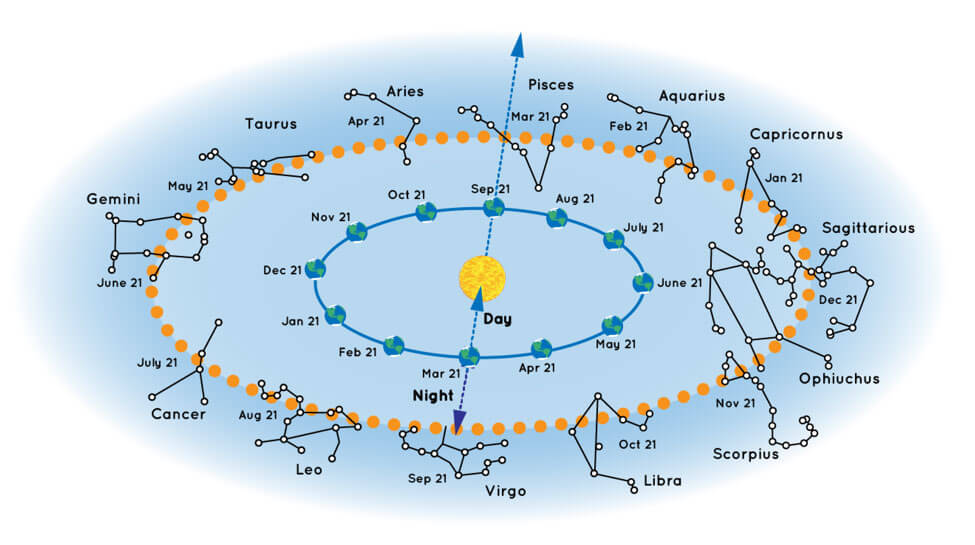Have you ever looked up at the night sky and wondered about the constellations you see? What are they exactly, and how can you identify them?
What are constellations?
In simple terms, constellations are groups of stars that appear to form a recognizable pattern or shape in the night sky. These patterns were named after objects, animals, and people long ago and are still used today by astronomers to name stars and meteor showers. There are 88 officially recognized constellations, each with its own unique features and history.
How do you identify constellations?
The constellations you can see at night depend on your location on Earth and the time of year. To identify constellations, you'll need to find a clear, dark sky away from city lights. It's also helpful to use a star chart or a mobile app that can help you locate and identify constellations.
Once you find a constellation, you can use your imagination to see the pattern or shape it represents. For example, the constellation Orion looks like a hunter with a bow, while Ursa Major looks like a bear. It's important to note that these patterns are not actually connected, and the stars in a constellation might be close or far away from each other.
What constellations can you see in the night sky?
The constellations you can see at night depend on the time of year and your location on Earth. As Earth orbits around the Sun, our view into space through the night sky changes, and the stars appear to move slightly west each night. Additionally, the Northern Hemisphere and Southern Hemisphere always point in different directions, so stargazers in different parts of the world might see different constellations.
For example, if you're in the Northern Hemisphere in September, you might see Pisces, but not Virgo, which is on the other side of the Sun. Stargazers in Australia, however, might be able to see different constellations than those in the United States.
Why are constellations important?
Constellations have been used for thousands of years as a way to navigate and tell stories about the stars. They were also used by ancient civilizations to mark the changing seasons and predict weather patterns. Today, constellations are still used by astronomers to name stars and study the universe.
In addition to their scientific and cultural significance, constellations can also be a source of inspiration and wonder. Looking up at the night sky and seeing the patterns of stars can remind us of the vastness and beauty of the universe.
Tags:
Cosmology

